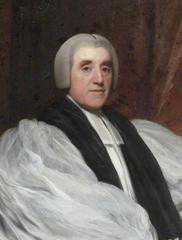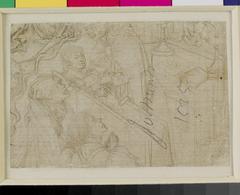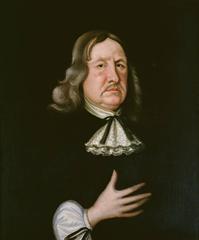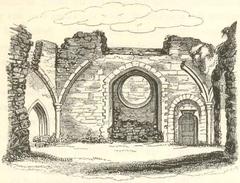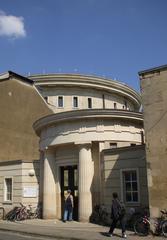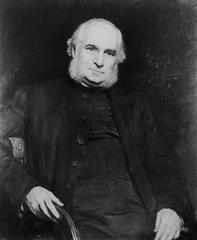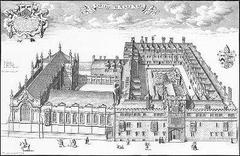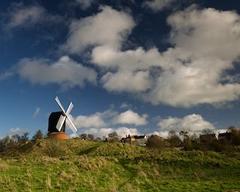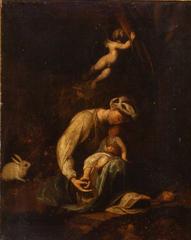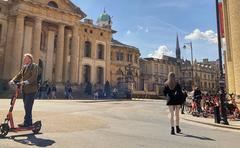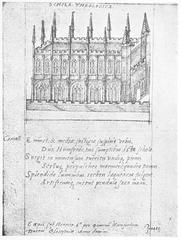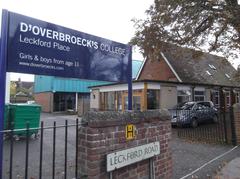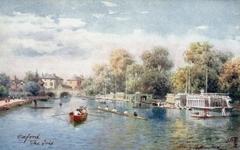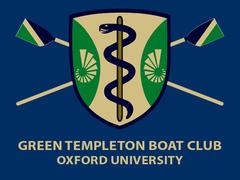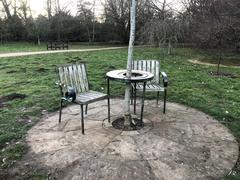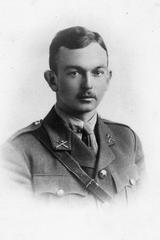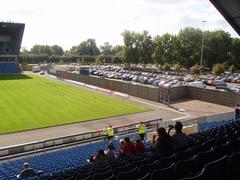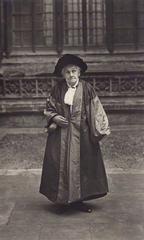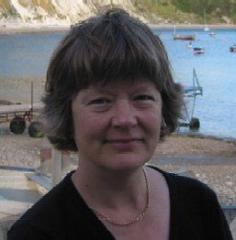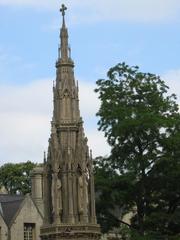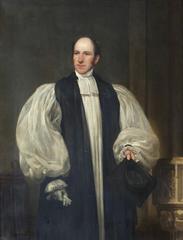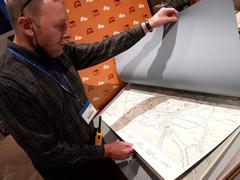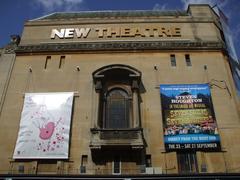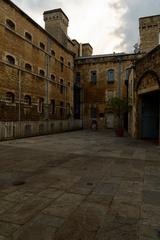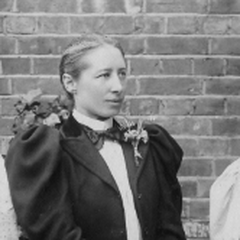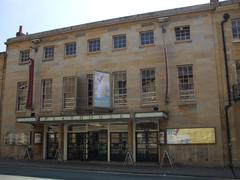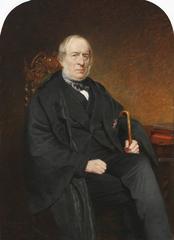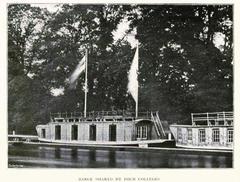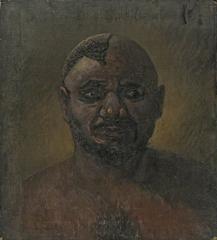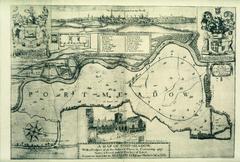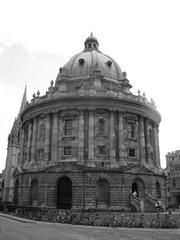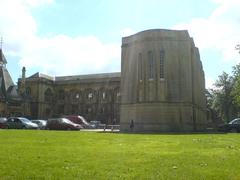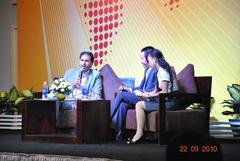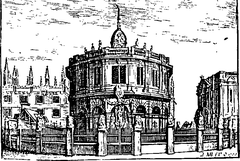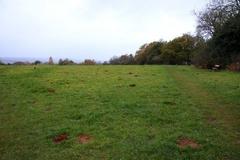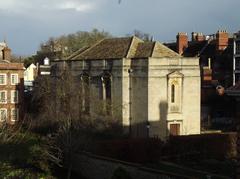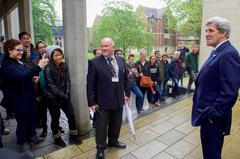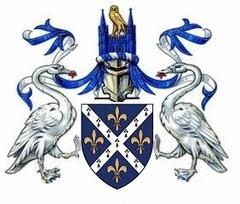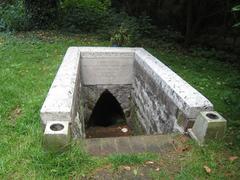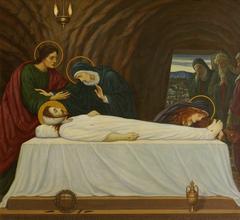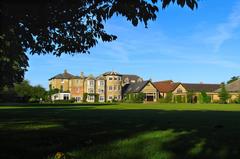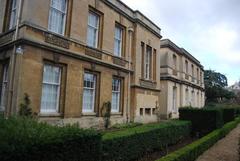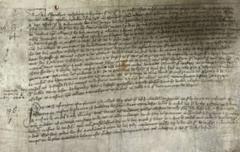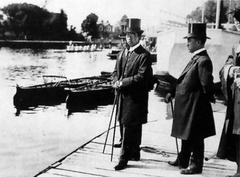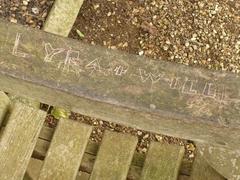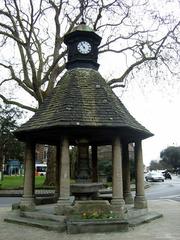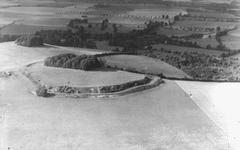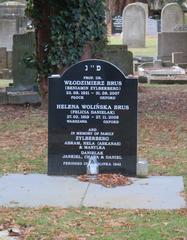History of Science Museum Oxford: Visiting Hours, Tickets, and Visitor Guide
Date: 14/06/2025
Introduction
Nestled in the heart of Oxford, United Kingdom, the History of Science Museum is a must-visit destination for anyone fascinated by the progress of science, the evolution of scientific instruments, and the cultural legacy of discovery. Housed in the Old Ashmolean Building—the world’s oldest surviving purpose-built museum structure, dating to 1683—the museum offers an immersive exploration of scientific innovation and global knowledge exchange. With its diverse collections, inclusive mission, and ongoing refurbishment toward full accessibility, the museum continues to inspire scholars, families, and the curious alike (History of Science Museum: Finding and Founding; BBC News; Oxford Alumni).
Table of Contents
- Founding and Historical Evolution
- Collections and Key Exhibits
- Mission, Interpretation, and Inclusivity
- Addressing Colonial Legacies
- Architectural Heritage and Accessibility
- Visiting Information
- Visitor Highlights and Photo Opportunities
- Frequently Asked Questions (FAQ)
- Planning Your Visit & Digital Resources
- Conclusion and Call to Action
- References
Founding and Historical Evolution
The museum was established in 1924, thanks to the substantial donation of Lewis Evans’ scientific instrument collection. Its home, the Old Ashmolean Building, had already made history by being the world’s first purpose-built public museum, opening in 1683 and originally hosting the Ashmolean Museum before the latter’s relocation in 1894 (Oxford Alumni; History of Science Museum). The museum’s foundation marked the emergence of the history of science as a distinct academic field and set a global precedent for the preservation and study of scientific instruments.
Lewis Evans, an avid collector and amateur historian, assembled a remarkable array of astrolabes, sundials, and early scientific devices—many from the Islamic World—demonstrating centuries of cross-cultural knowledge transfer (History of Science Museum: Science in the Islamic World). The museum’s establishment was emblematic of its time, reflecting both the intellectual curiosity and the complex, sometimes contentious, histories of collecting and empire (History of Science Museum: Colonial Encounters).
Collections and Key Exhibits
With approximately 20,000 objects, the museum’s collection is among the world’s most comprehensive histories of science. Highlights include:
- Astrolabes, Sundials, and Timekeeping Devices: The world’s largest collection, including intricate Islamic and European examples (WhichMuseum; Oxford Scientist).
- Einstein’s Blackboard: Used during his 1931 Oxford lectures, an iconic artefact symbolizing modern physics (Timeout Oxford).
- Original Penicillin Culture: Marking a revolution in medicine (Insider’s Oxford).
- Mughal Indian and Persian Instruments: Exquisite astrolabes and celestial globes that highlight global scientific traditions.
- Lyra’s Alethiometer & Literary Connections: Inspired by Philip Pullman’s “His Dark Materials” and featured in the “Lyra’s Worlds” exhibition.
- John Dee’s Holy Table (Marble Copy): Connecting science with Renaissance esoterica (HSM Collections).
- Early Microscopes, Chemistry Sets, and Marconi Wireless Equipment: Tracing the development of modern science and technology.
The Collections Online database provides digital access to the museum’s holdings for researchers and the public.
Mission, Interpretation, and Inclusivity
The museum’s mission has evolved from showcasing European scientific triumphs to embracing a broader, more inclusive narrative. Under Dr. Silke Ackermann, its first female director, the institution actively highlights the roles of women, non-European cultures, and the original makers of many instruments (Medium: Oxford’s History of Science Museum – Knowledge in Transfer). The Vision 2024 project is central to this transformation, focusing on accessibility, community engagement, and critical interpretation.
Recent exhibitions have spotlighted women in science (such as Dorothy Crowfoot Hodgkin and Dr. Carina Joe) and the interplay between science, belief, and art, as seen in displays of qibla indicators and astronomical tools used by Muslim scholars (History of Science Museum: Listening to Our Objects).
Addressing Colonial Legacies
The museum is committed to transparency and ethical stewardship of its collections, many of which were acquired during the British imperial era. Through ongoing provenance research—such as the “Finding and Founding Project”—the museum traces the ownership histories of key artefacts and acknowledges the often-overlooked contributions of their creators and cultures (History of Science Museum: Seeking the Stories Our Objects Can Tell). This work aligns with best practices in museum ethics and fosters dialogue about shared heritage and the complexities of collecting (Oxford Scientist).
Architectural Heritage and Accessibility
The Old Ashmolean is both a historical artefact and a living museum. Its 17th-century design offers a tangible connection to the origins of public museums and Oxford’s scientific legacy (BBC News). However, the building’s age poses accessibility challenges, which are being addressed through the Vision 2024 refurbishment. Plans include step-free access, accessible toilets, and improved navigation, ensuring inclusivity for all visitors while safeguarding the building’s architectural heritage (Oxford University; Experience UK).
Visiting Information
Opening Hours:
- Tuesday to Sunday: 12:00 PM – 5:00 PM (last admission 4:50 PM)
- Closed on Mondays and public holidays
(History of Science Museum: Plan Your Visit)
Tickets and Admission:
- Admission is free; donations are encouraged to support the museum’s work and ongoing refurbishment.
- No tickets required for general admission; advance booking is required for group and self-guided group visits.
Accessibility:
- Current refurbishment aims for full accessibility, but temporary limitations may apply (e.g., lift out of service, gallery closures).
- No public toilets on-site; use nearby facilities.
- Access Guide and personalized support available—contact the museum ahead of your visit for specific needs.
Tours and Events:
- Guided tours are available on weekends and by appointment for groups.
- The museum regularly hosts exhibitions, family activities, workshops, and talks (Oxford Visit).
Location and Travel Tips:
- Address: Broad Street, central Oxford, next to the Sheldonian Theatre.
- Use Park & Ride or public transport due to limited city centre parking.
- The museum is within easy walking distance of the Bodleian Library, Ashmolean Museum, and other Oxford historical sites.
Nearby Attractions:
Explore the Ashmolean Museum, Pitt Rivers Museum, Sheldonian Theatre, and the University’s historic colleges for a complete Oxford cultural experience (Oxford Visit).
Visitor Highlights and Photo Opportunities
- Einstein’s Blackboard: An iconic backdrop for photos and reflection on modern physics.
- Astrolabe Displays: Marvel at craftsmanship from Europe, the Islamic world, and South Asia.
- Lyra’s Worlds Exhibition: Immersive installation inspired by “His Dark Materials.”
- Historic Interiors: Capture the character of the Old Ashmolean’s 17th-century architecture.
High-quality images and a virtual tour are available on the museum website, with descriptive alt text for accessibility.
Frequently Asked Questions (FAQ)
Q: What are the museum’s opening hours?
A: Tuesday to Sunday, 12:00 PM to 5:00 PM; closed Mondays and public holidays.
Q: Is admission free?
A: Yes, with donations appreciated.
Q: Is the museum accessible to wheelchair users?
A: Accessibility is a priority; contact the museum for up-to-date information on lift and gallery access.
Q: Are guided tours available?
A: Yes, on weekends and by booking for groups.
Q: Can I take photos?
A: Non-flash photography is permitted in most areas; please respect exhibit-specific signage.
Q: Are there public toilets?
A: No, please use nearby public facilities.
Q: How do I reach the museum?
A: Located on Broad Street, central Oxford; best reached on foot or via public transport.
Planning Your Visit & Digital Resources
- Collections Online: Browse and research the museum’s holdings remotely (Collections Online).
- Digital Trails: Engage with interactive digital resources like the Museum of Climate Hope Digital Trail (Museum of Climate Hope Digital Trail).
- Easy Read Guides & Mobile Maps: Enhance navigation and learning for all visitors.
- Virtual Tour: Preview the museum online for planning and accessibility.
- Audiala App: Download for audio guides and augmented reality experiences during your visit.
Conclusion and Call to Action
The History of Science Museum Oxford stands at the crossroads of heritage and innovation, championing inclusive access to the wonders of science and culture. Its unique collections, vibrant programming, and commitment to ethical stewardship make it a cornerstone of Oxford’s historical landscape. Whether you’re a local, a tourist, a student, or a researcher, the museum offers a rewarding journey through the stories of human curiosity and ingenuity.
Plan your visit today, check the museum’s website for the latest updates, and consider supporting the museum through donations or feedback. For an enriched experience, download the Audiala app, follow the museum on social media, and explore related articles on Oxford’s historical sites.
References
- History of Science Museum: Finding and Founding
- History of Science Museum: Colonial Encounters
- Medium: Oxford’s History of Science Museum – Knowledge in Transfer
- History of Science Museum: Seeking the Stories Our Objects Can Tell
- Oxford Alumni: 100 Years of Oxford’s History of Science Museum
- BBC News: History of Science Museum Oxford
- Oxford Tourist Information: The History of Science Museum
- Timeout Oxford: Best Museums in Oxford
- Experience UK: Oxford’s History of Science Museum to Undergo Inclusive Revamp
- Oxford University: Building Our Future – History of Science Museum Public Consultation
- WhichMuseum: Museum of the History of Science Oxford
- Oxford Scientist: To Capture Time – Investigating Timekeeping, Collecting, and Colonialism
- Insider’s Oxford: Oxford Museums
- Art Fund: Museum of the History of Science
- GLAM Oxford: History of Science Museum
- Oxford Visit: Museums and Art Galleries
- Oxford Visit: Self-Guided Museums Tour and Map
